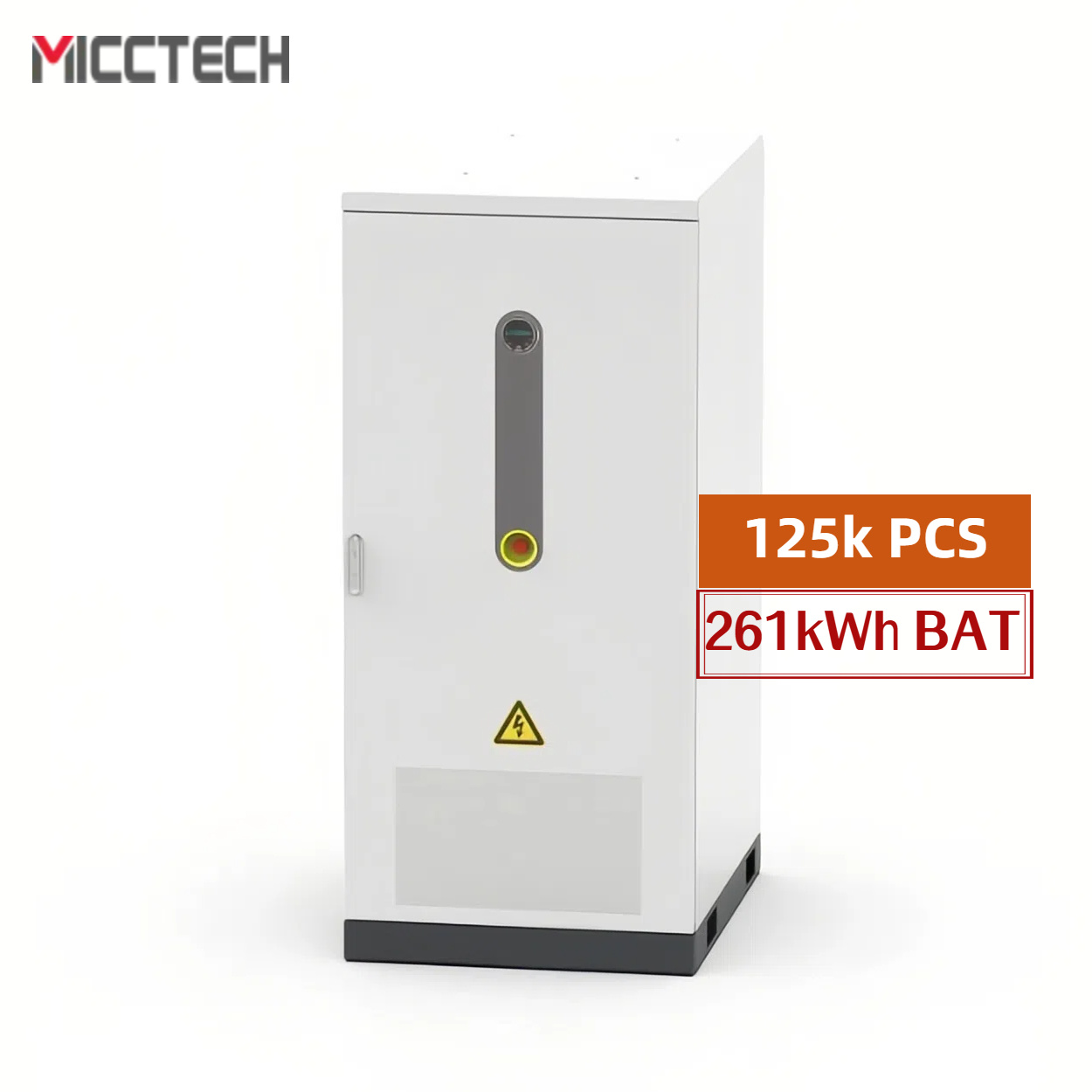What' s Energy Storage System?Reading this article is enough!
2025-06-24 16:01
An Energy Storage System (ESS) is a technology that captures energy produced at one time and stores it for later use. It helps balance energy supply and demand, improves grid stability, and supports renewable energy integration by storing excess energy when production exceeds consumption and releasing it when needed.
Benefits of Energy Storage:
✔ Enhances renewable energy adoption
✔ Reduces reliance on fossil fuels
✔ Improves grid reliability & resilience
✔ Lowers electricity costs through demand management
Key Components of an Energy Storage System:
Storage Medium – The technology used to store energy (e.g., batteries, pumped hydro, flywheels).
Power Conversion System (PCS) – Converts energy between AC (grid) and DC (storage) as needed.
Battery Management System (BMS) – Monitors and controls battery performance, safety, and lifespan.
Energy Management System (EMS) – Optimizes when to store or discharge energy based on demand and cost.
Types of Energy Storage Systems:
Battery Energy Storage (BESS)

Uses lithium-ion, lead-acid, or flow batteries. This Bess System use the best LFP Batteries.https://www.micc-tech.com/Energy_Storage_System_MT-261K_-261kWh-.html
Common in homes (solar storage), EVs, and grid support.
Example: Tesla Powerwall.
Pumped Hydro Storage
Stores energy by pumping water uphill and releasing it to generate electricity.
Most widely used large-scale storage method.
Flywheel Energy Storage
Stores energy as rotational kinetic energy.
Used for short-duration, high-power applications.
Thermal Energy Storage
Stores energy as heat (e.g., molten salt, ice storage).
Used in solar thermal plants and HVAC systems.
Compressed Air Energy Storage (CAES)
Compresses air in underground caverns and releases it to generate power.
Hydrogen Storage
Excess electricity is used to produce hydrogen via electrolysis, which can be stored and later converted back to electricity.
Applications of Energy Storage Systems:
Renewable Integration – Stores solar/wind energy for use when the sun isn’t shining or wind isn’t blowing.
Grid Stability – Provides backup power and frequency regulation.
Electric Vehicles (EVs) – Extends range and supports fast charging.
Off-Grid & Microgrids – Ensures power availability in remote areas.
Peak Shaving – Reduces electricity costs by storing energy during low-demand periods and using it during peak hours.
Related News






